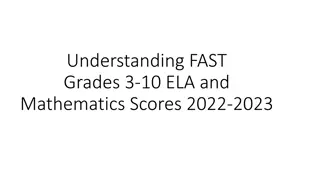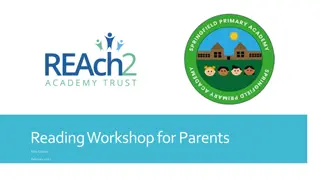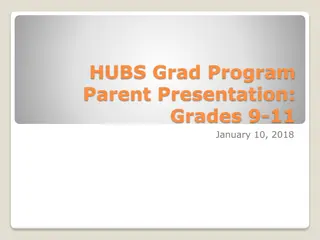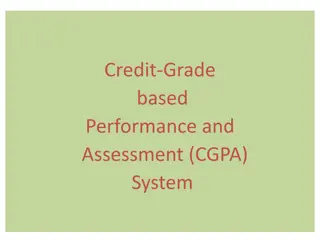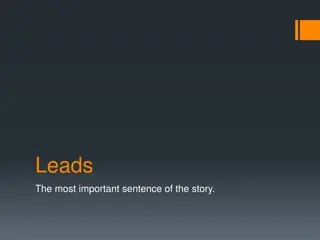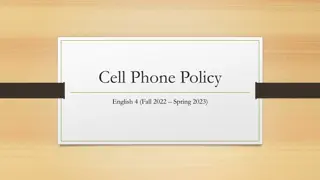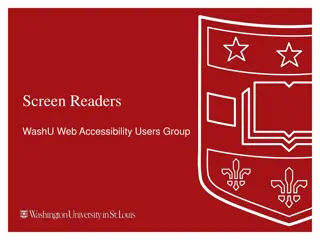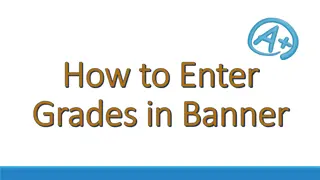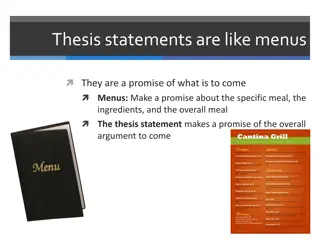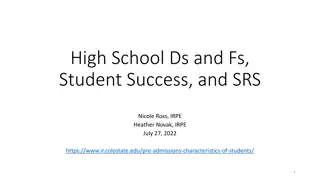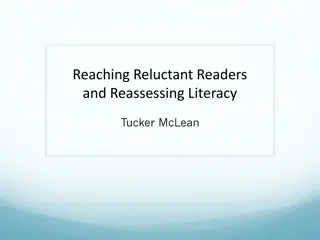Support Struggling Readers with Free Tools for Grades 6-12
This resource provides strategies and technological supports to assist struggling readers in grades 6-12. It offers objectives to enhance reading skills and suggests tools for free or low-cost implementation. Explore recommended practices, resources, and explicit instruction methods to improve adolescent literacy effectively. Discover ways to provide vocabulary instruction, comprehension strategies, discussions, motivation, and individualized interventions for struggling readers.
Download Presentation

Please find below an Image/Link to download the presentation.
The content on the website is provided AS IS for your information and personal use only. It may not be sold, licensed, or shared on other websites without obtaining consent from the author.If you encounter any issues during the download, it is possible that the publisher has removed the file from their server.
You are allowed to download the files provided on this website for personal or commercial use, subject to the condition that they are used lawfully. All files are the property of their respective owners.
The content on the website is provided AS IS for your information and personal use only. It may not be sold, licensed, or shared on other websites without obtaining consent from the author.
E N D
Presentation Transcript
Support Struggling Readers with Free Tools Grades 6-12 Tom Kitchen Curriculum/Special Ed Ross-Pike ESD Michael Roush Region 14 State Support Team ohioregion14.org tkitchen@rpesd.org @Kitch_31 r14_mroush@mveca.org @mdroush http://goo.gl/K1qPMO
Objectives ...to learn reading strategies across the content to meet the needs of readers who struggle in your classroom. ...to demonstrate free or low-cost technological supports for implementing these strategies.
Resources "Adolescent Literacy" - Doing What Works "Improving Adolescent Literacy" Practice Guide Best Practices in Adolescent Literacy Instruction, by Hinchman and Sheridan-Thomas
Resources, contd... IES Practice Guide Checklist Frayer Model Sample (AdLit.org) Term-inator Sample (CAST.org) Sample Class Discussion Format (PDF) PARCC Model Content Frameworks (6, 7, 8, 9, 10, 11) Part-Firming Guide
Five Recommendations - Provide explicit vocabulary instruction. - Provide direct and explicit comprehension strategy instruction. - Provide opportunities for extended discussion of text meaning and interpretation. - Increase student motivation and engagement in literacy learning. - Make available intensive and individualized interventions for struggling readers that can be provided by trained specialists. 1 2 3 4 5 Improving Adolescent Literacy: Effective Classroom and Intervention Practices
1 Explicit Vocabulary Instruction 1. Dedicate a portion of the regular classroom lesson to explicit vocabulary instruction. 2. Use repeated exposure to new words in multiple oral and written contexts and allow sufficient practice sessions. 3. Give sufficient opportunities to use new vocabulary in a variety of contexts through activities such as discussion, writing, and extended reading. 4. Provide students with strategies to make them independent vocabulary learners.
1 Explicit Vocabulary Instruction demo - "Professor Word" (bookmarklet) demo - Google Dictionary (Chrome Only) demo - FreeRice.com Tiered Vocabulary
1 Explicit Vocabulary Instruction Two "Frayer Model" Examples
2 Comprehension Strategy Instruction 1. Select carefully the text to use when beginning to teach a given strategy. 2. Show students how to apply the strategies they are learning to different texts, not just to one text. 3. Ensure that the text is appropriate for the reading level of students. 4. Use direct and explicit instruction for teaching students how to use comprehension strategies. 5. Provide the appropriate amount of guided practice depending on the difficulty level of the strategies that the students are learning. 6. When teaching comprehension strategies, make sure students understand that the goal is to understand the context of the text.
2 Comprehension Strategy Instruction Multi-modal instruction (combine auditory, visual, haptic [tactile]...) McGurk Effect demo - WordTalk (MS Word) demo - Mind Mapping (e.g., Popplet)
2 Comprehension Strategy Instruction Evaluating Readability o Readability Statistics Word 2000/XP/2003 Word 2007/2010/2013 o Readability-Score.com o Juicy Studio Readability Test (URLs only)
3 Extended Discussion Opportunities Carefully prepare for the discussion. Ask follow-up questions that help provide continuity and extend the discussion. Provide a task, or a discussion format, that students can follow when they discuss texts together in small groups. Develop and practice the use of a specific discussion protocol.
3 Extended Discussion Opportunities Guidebook for Student Centered Classroom Discussions (Interactivity Foundation) Scaffolded Student Discussions o Roles o Questions o Recording o Reporting o Model, Support, and Scaffold
3 Extended Discussion Opportunities Asynchronous Discussion Forums (within a CMS) Padlet http://padlet.com/michaeldroush/read demo - "Comments" in Google Docs demo - "Voice Comments" in Google Docs demo - Voxopop
4 Motivation and Engagement Four critical instructional features that can improve students' motivation to read: 1. provide content goals for reading 2. support student autonomy 3. provide interesting texts 4. increase social interactions among students related to reading http://www.youtube.com/watch?v=UDuk0-SXmsM (girls arguing about comic books)
4 Provide Content Goals for Reading -Question or purpose for reading -Use background knowledge -Hands on experiences -Focus on themes -Model behaviors -Involve students -Provide feedback
4 Support Student Autonomy -Student selects own reading material from list -Give students some control over task -Allow students to select partners, join groups, or work alone https://www.youtube.com/watch?v=RxhG2OnRfLY (girls go to comic book store))
4 Use Interesting Texts -Choose texts on topics about which students possess background knowledge -Texts that are visually pleasing and appear readable -Consider relevance and interest as an individual matter -Provide stimulating tasks related to reading topics prior to reading
Increase Opportunities for Students to Collaborate During Reading 4 -Reading together, sharing information, and explaining and presenting their knowledge to others -Teach collaborative group work skills -Foster a sense of belonging to classroom community www.shelfari.com www.bookadventure.com www.voki.com
5 Individualized Interventions Use reliable screening assessments to identify students with reading difficulties and follow up with formal and informal assessments to pinpoint each student's instructional needs. Select an intervention that provides an explicit instructional focus to meet each student's identified learning needs. Provide interventions where intensiveness matches student needs: the greater the instructional need, the more intensive the intervention.
5 Individualized Interventions demo - The Open Dyslexic Font "Pre-teaching" as Intervention o Schema o Repeat-to-Remember and Remember-to-Repeat ( Brain Rules 5 & 6) During and Post-Instruction o Part-Firming procedures o National Institute for Direct Instruction o The two-hour practice window
When you plant lettuce, if it does not grow well, you don't blame the lettuce. You look for reasons it is not doing well. It may need more fertilizer, or more water, or less sun. You look for reasons it is not doing well. You never blame the lettuce. - Thich Nhat Hanh





